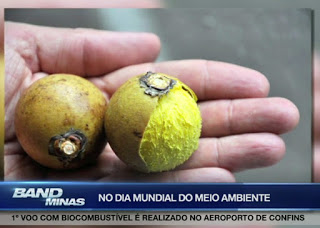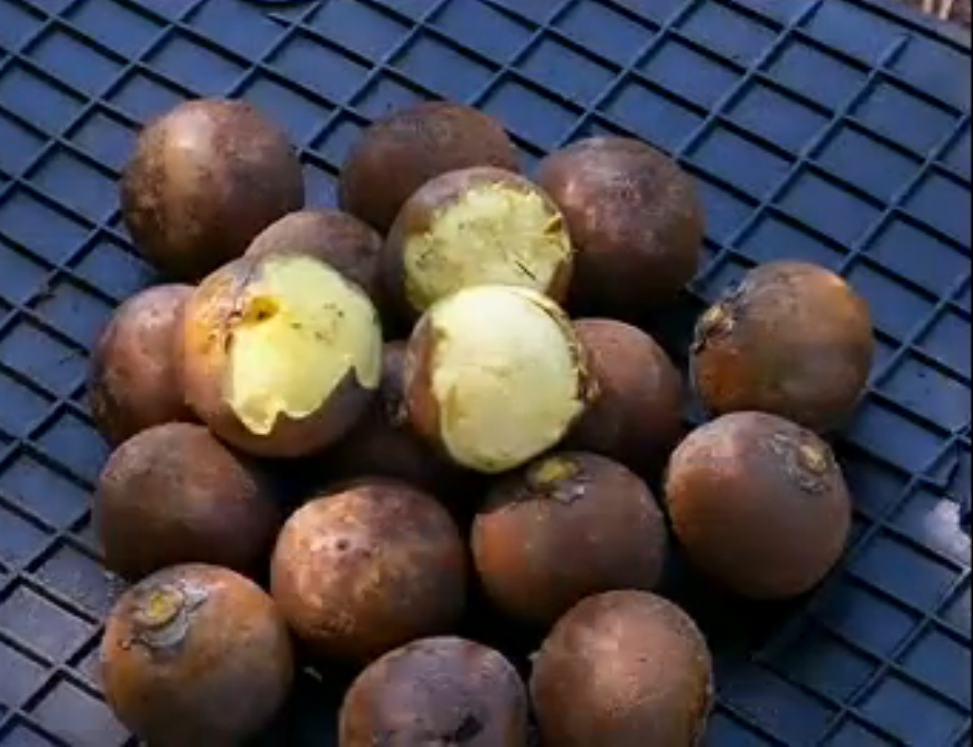Global demand for biofuels expected to increase by 22% in coming years, IEA points out
segunda-feira, janeiro 09, 2023
LUÍS CORREIA — Global demand for biofuels is expected to grow by about 22% over the next four years, according to the International Energy Agency's (IEA) Renewables 2022 report. The percentage is equivalent to 35 million liters per year during the period 2022 to 2027.
According to the projection, published last month, Brazil, Canada, the United States, Indonesia and India represent 80% of the total expansion of biofuel use.
The five countries are working to push greenhouse gas (GHG) emission reduction policies to meet climate and energy security targets. Both mandatory mixing requirements and financial incentives underpin demand growth in countries.
According to the IEA, one third of the production of new biofuels will come from waste as raw materials. Biodiesel accounts for most of the year-on-year growth.
By 2021, approximately 70% of renewable diesel and sustainable aviation fuel (SAF) came from waste.
The biojet, obtained from biomass, emits less particulate matter compared to fossil equivalents. IEA forecasts show that biofuel demand will expand significantly to 3,800 million liters per year, about 35 times more than the 2021 level.
Overall, the agency estimates an acceleration of up to 85% in the rate of increase in clean sources in the period as a result of efforts to reduce dependence on Russian fossil fuels after the global energy crisis caused by the invasion of Ukraine. In electricity generation, the expectation is that the use of renewables will increase from 11% to 14% - almost 2,400 GW of capacity - by 2027, the analysis says.
Production scenario in Brazil
According to the Brazilian Association of Vegetable Oil Industries (Abiove), in the current harvest, Brazil is expected to harvest about 150 million tons of soybeans, compared to 142 million tons of the previous production. This year, the association projects the largest volume of grain processing ever recorded in the entire historical series, reaching 52.5 million tons.
In the accumulated 2022/2023 harvest, sugarcane milling for ethanol production totaled 538.98 million tons, an increase of 3% over the previous year. The data are from the Sugarcane and Bioenergy Industry Union (Unica).
Biofuels face impasses
Despite the pace of growth in generation, the biofuels sectors face a lack of predictability in the supply of renewables, snare investments destined to industries.
In 2022, the reduction in ICMS contributed to the increase in ethanol prices and resulted in a 15.7% drop in biofuel sales compared to 2021, favoring fossil growth. StoneX estimated a total hydration consumption of 15.13 million m³ in 2022, representing a drop of 0.7%.
With the drop in supply, alcohol lost competitiveness compared to its fossil equivalent. As a result, the sugar-alcohol industries are charging the government to overthrow MP 1157, which maintains the exemption of fuels.
Biodiesel production, according to data from the Ministry of Mines and Energy (MME), fell 7.5% last year alone.
Industry associations have indicated that cutting in the biodiesel mixture should reduce the volume of soybean crushing to 10.1 million tons; while the resumption of the schedule established in 2017 by the National Energy Policy Council (CNPE) would increase production to 43 million tons. The initial calendar provided for the mandate of 14% (B14) this month and 15% (B15) from March this year.
Source: epbr




















0 comentários
Agradecemos seu comentário! Volte sempre :)